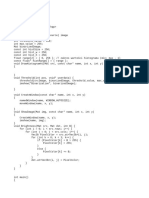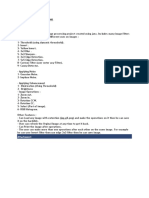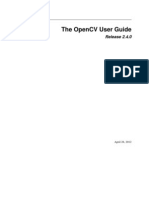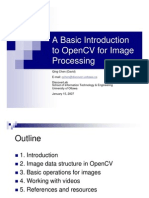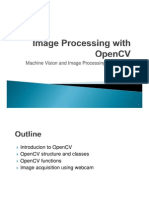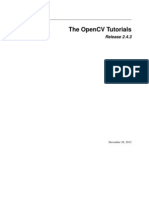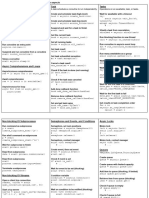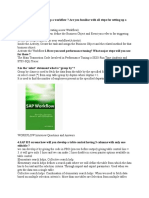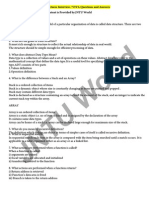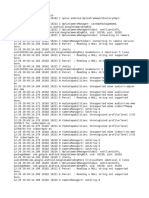0% found this document useful (0 votes)
25 views14 pagesXGB Java
The document outlines a Java implementation for a face anti-spoofing pipeline using OpenCV for image processing and XGBoost for model inference. It details the necessary dependencies, installation instructions, and provides a complete Java code example for the inference process, including methods for cropping images, converting to grayscale, resizing, computing LBP, and making predictions. The code is structured to facilitate the integration of these components into a cohesive anti-spoofing system.
Uploaded by
orangepanda061Copyright
© © All Rights Reserved
We take content rights seriously. If you suspect this is your content, claim it here.
Available Formats
Download as PDF, TXT or read online on Scribd
0% found this document useful (0 votes)
25 views14 pagesXGB Java
The document outlines a Java implementation for a face anti-spoofing pipeline using OpenCV for image processing and XGBoost for model inference. It details the necessary dependencies, installation instructions, and provides a complete Java code example for the inference process, including methods for cropping images, converting to grayscale, resizing, computing LBP, and making predictions. The code is structured to facilitate the integration of these components into a cohesive anti-spoofing system.
Uploaded by
orangepanda061Copyright
© © All Rights Reserved
We take content rights seriously. If you suspect this is your content, claim it here.
Available Formats
Download as PDF, TXT or read online on Scribd
/ 14






